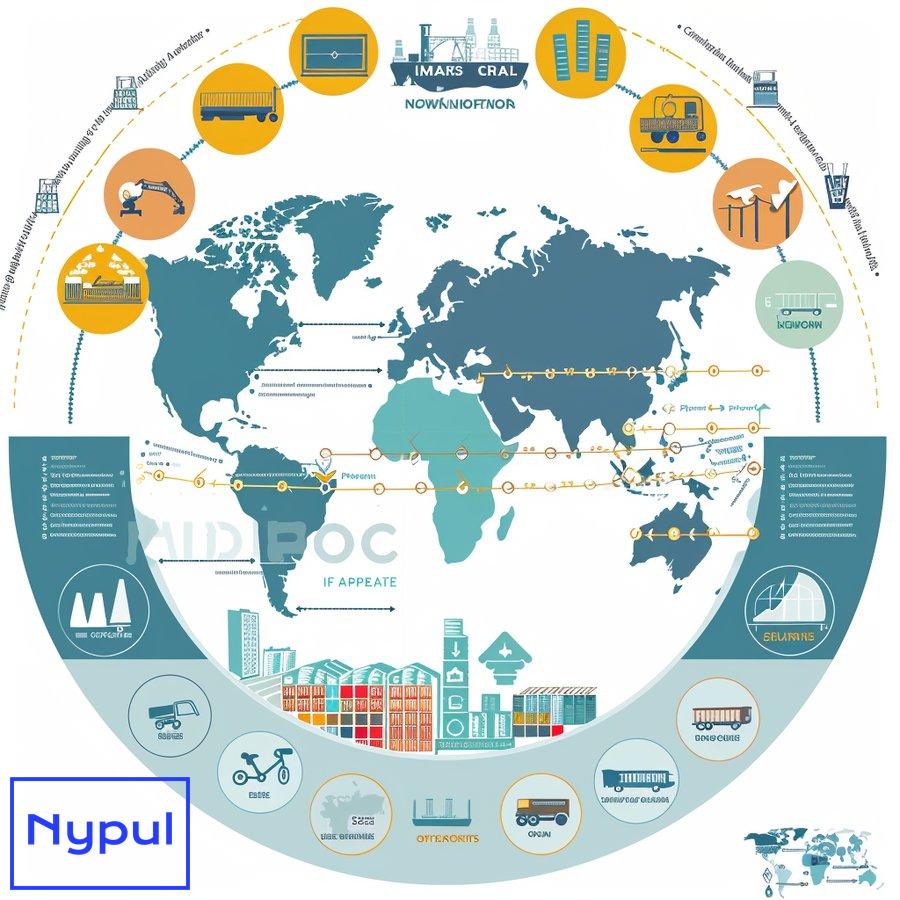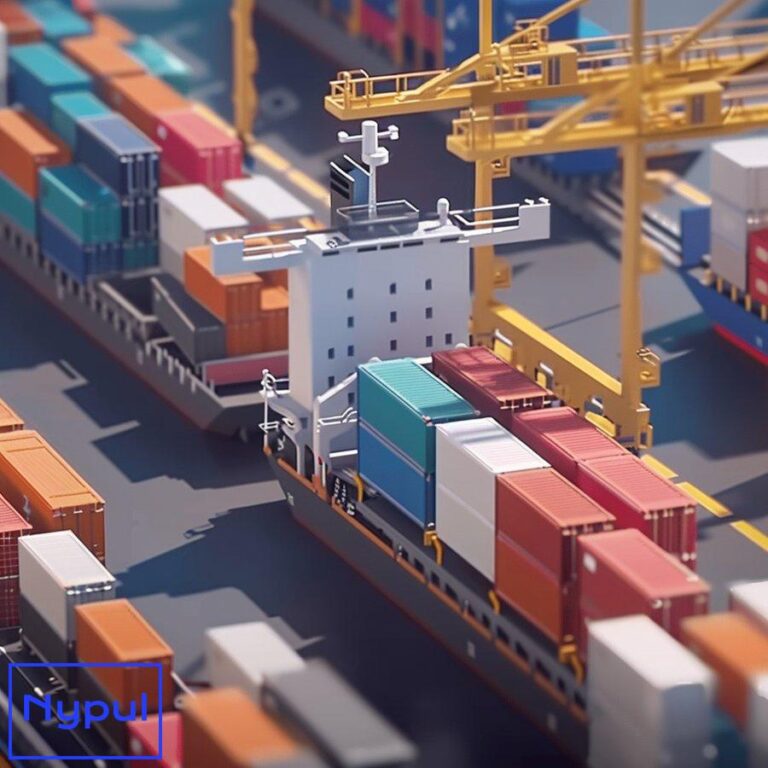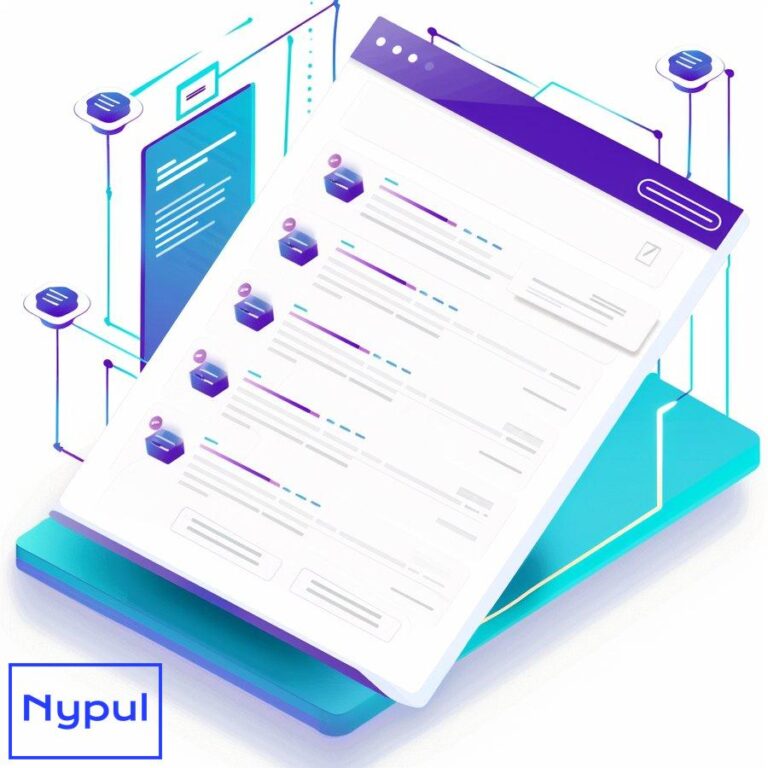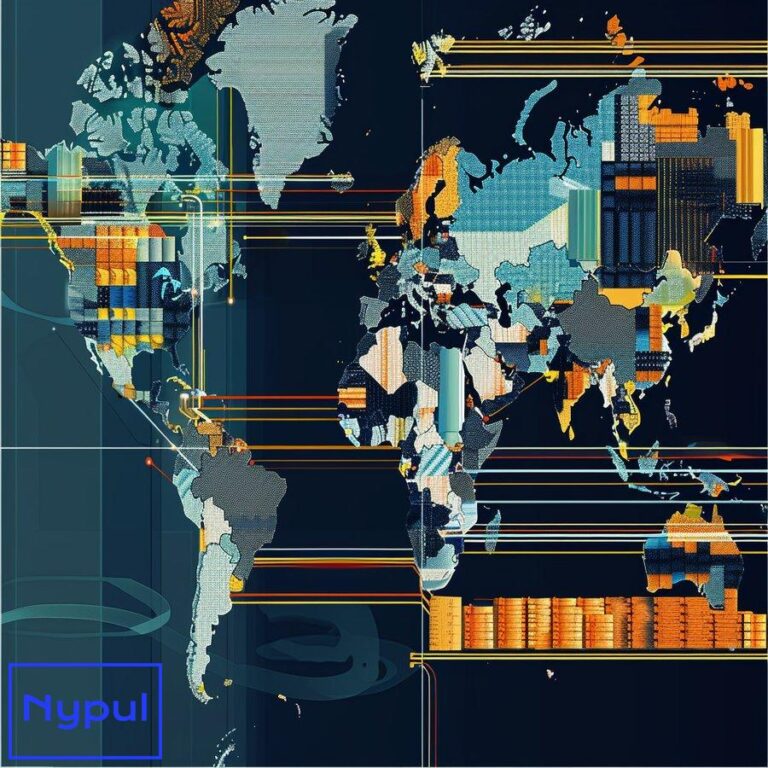What Is the SOLAS Container Weight Verification Requirement
What is the SOLAS container weight verification requirement and why was it introduced?
The Safety of Life at Sea (SOLAS) container weight verification requirement, formally known as the Verified Gross Mass (VGM) regulation, mandates that all shipping containers must have their total weight verified before being loaded onto a vessel. This requirement was introduced to enhance maritime safety and prevent accidents caused by improperly declared container weights.
The introduction of the VGM requirement stems from a series of maritime incidents where containers shifted during transit due to incorrect weight declarations. These incidents not only jeopardized the safety of the crew and vessel but also posed significant risks to port operations and infrastructure. The International Maritime Organization (IMO) recognized these dangers and implemented the VGM regulation as part of the SOLAS amendments, which came into effect on July 1, 2016.
The VGM requirement serves several critical purposes:
-
Safety Enhancement: Ensures that containers are stowed correctly based on their actual weight, reducing the risk of accidents during loading and transit.
-
Operational Efficiency: Accurate weight verification aids in better planning for stowage, leading to smoother port operations and reduced delays.
-
Regulatory Compliance: Aligns global shipping practices with safety standards, fostering a more uniform approach across international waters.
Understanding the SOLAS VGM requirement is essential for stakeholders in logistics and shipping, as it directly impacts operational protocols and compliance measures across the supply chain.
How does the SOLAS VGM requirement impact global shipping practices?

The SOLAS VGM requirement has significantly transformed global shipping practices by introducing a standardized approach to container weight verification. Its impact can be observed across various dimensions of maritime logistics:
-
Standardization of Procedures: The VGM regulation has led to the establishment of uniform procedures for weight verification across different countries. This standardization helps reduce confusion and discrepancies in weight declarations.
-
Improved Safety Protocols: Shipping companies have adopted stricter safety protocols to ensure compliance with VGM requirements. This includes training personnel on accurate weighing methods and implementing checks at loading sites.
-
Enhanced Collaboration Among Stakeholders: The need for accurate weight verification has fostered closer collaboration between shippers, carriers, port authorities, and other stakeholders. Improved communication ensures that all parties are aware of weight requirements and compliance measures.
-
Technological Integration: The adoption of technology has become crucial in meeting VGM requirements. Companies are investing in advanced weighing systems and software solutions to streamline the verification process.
Table: Impact of SOLAS VGM on Global Shipping Practices
| Aspect | Description |
|---|---|
| Standardization | Uniform procedures for weight verification across nations |
| Safety Protocols | Stricter measures to ensure compliance with VGM regulations |
| Stakeholder Collaboration | Enhanced communication among shippers, carriers, and ports |
| Technological Integration | Adoption of advanced weighing systems for accuracy |
The implementation of the SOLAS VGM requirement has thus reshaped how shipping companies operate, placing a greater emphasis on safety, accuracy, and collaboration within the industry.
What are the two approved methods for verifying container weights under SOLAS?

Under the SOLAS VGM regulation, there are two approved methods for verifying container weights:
-
Method 1: Weighing the Packed Container
This method involves using calibrated weighing equipment to weigh the entire packed container when it is ready for shipment. The total weight should include all contents within the container, including cargo, dunnage, and any securing materials. This method is typically performed at certified facilities equipped with appropriate weighing scales. -
Method 2: Weighing Individual Packages
In this method, each individual package within the container is weighed separately before being loaded into the container. The total gross mass is then calculated by summing up the weights of all individual packages along with the tare weight of the empty container. This method allows shippers more flexibility but requires meticulous record-keeping to ensure accuracy.
Both methods aim to provide accurate measurements that comply with SOLAS regulations. Shippers must ensure that whichever method they choose is properly documented and communicated to their carriers prior to loading.
Table: Comparison of VGM Verification Methods
| Method | Description | Advantages |
|---|---|---|
| Weighing Packed Container | Weighing the entire packed container | Simplicity; accurate total weight |
| Weighing Individual Packages | Weighing each package separately | Flexibility; detailed record-keeping |
Choosing between these methods depends on various factors such as operational capabilities, available equipment, and logistical considerations.
What are the key responsibilities of shippers and carriers in complying with the SOLAS VGM requirement?
Compliance with the SOLAS VGM requirement necessitates clear responsibilities for both shippers and carriers:

Responsibilities of Shippers
-
Weight Verification: Shippers must ensure that they accurately verify and declare the gross mass of each packed container using one of the approved methods.
-
Documentation: Providing proper documentation that includes verified weights is crucial. Shippers must submit this information to their carriers before loading takes place.
-
Training Staff: It is essential for shippers to train their staff on compliance procedures related to VGM regulations to minimize errors in weight declaration.
Responsibilities of Carriers
-
Acceptance of Containers: Carriers are responsible for ensuring that they only accept containers with verified weights as per SOLAS requirements. They must refuse containers lacking proper documentation or those with discrepancies in declared weights.
-
Communication: Carriers must communicate any discrepancies found during inspections back to shippers promptly to resolve issues before loading.
-
Monitoring Compliance: Carriers should implement monitoring systems to ensure ongoing compliance with VGM regulations throughout their operations.
Table: Responsibilities Under SOLAS VGM
| Entity | Responsibilities |
|---|---|
| Shippers | Verify weights; document submission; staff training |
| Carriers | Accept verified containers; communicate discrepancies; monitor compliance |
Understanding these responsibilities is vital for both parties to maintain compliance with SOLAS regulations while ensuring safe maritime operations.
What are the potential challenges and penalties for non-compliance with the SOLAS VGM requirement?
Non-compliance with SOLAS VGM requirements can lead to significant challenges and penalties for both shippers and carriers:
Challenges
-
Operational Delays: Containers without verified weights may be delayed at ports due to inspection processes or refusal by carriers to load them onto vessels.
-
Increased Costs: Non-compliance can lead to additional costs associated with reweighing containers or potential fines imposed by regulatory authorities.
-
Safety Risks: Incorrectly declared weights pose serious safety risks during transit, potentially leading to accidents or cargo damage.
Penalties
Penalties for non-compliance can vary significantly depending on jurisdiction but may include:
-
Fines: Regulatory authorities may impose financial penalties on companies found violating VGM regulations.
-
Legal Action: In severe cases, legal action may be taken against companies that repeatedly fail to comply with safety regulations.
-
Reputational Damage: Non-compliance can harm a company’s reputation within the industry, impacting future business opportunities.
Awareness of these challenges and penalties encourages stakeholders in logistics and shipping to prioritize adherence to SOLAS VGM requirements as part of their operational protocols.
How are technological solutions being used to facilitate SOLAS VGM compliance?
Technological advancements play a pivotal role in facilitating compliance with SOLAS VGM requirements through various innovative solutions:
Automated Weighing Systems
Automated weighing systems enable accurate measurement of container weights at packing facilities. These systems reduce human error by providing precise readings while streamlining operations through integration with logistics software.
Software Solutions
Logistics management software often incorporates modules specifically designed for tracking container weights. These systems allow shippers to maintain records digitally, ensuring easy access for compliance audits while enhancing overall operational efficiency.
IoT Devices
Internet of Things (IoT) devices can monitor container conditions during transit. By integrating IoT technology into containers, stakeholders can receive real-time updates on weight fluctuations or tampering incidents that may affect compliance with VGM regulations.
Table: Technological Solutions Supporting SOLAS Compliance
| Technology | Description | Benefits |
|---|---|---|
| Automated Weighing Systems | Accurate measurement at packing facilities | Reduced human error; streamlined operations |
| Software Solutions | Logistics management software tracking weights | Digital record maintenance; audit readiness |
| IoT Devices | Real-time monitoring during transit | Immediate updates on conditions affecting compliance |
These technological solutions enhance accuracy in weight verification while promoting efficiency across supply chains involved in global shipping practices under SOLAS regulations.
What is the role of international cooperation in enhancing maritime safety standards through SOLAS VGM regulations?
International cooperation plays a crucial role in enhancing maritime safety standards through effective implementation of SOLAS VGM regulations:

Harmonization of Standards
Countries collaborating on maritime safety initiatives help harmonize standards related to container weight verification. This alignment reduces discrepancies between national regulations while promoting uniformity across international waters.
Information Sharing
International organizations such as IMO facilitate information sharing among member states regarding best practices for implementing SOLAS regulations effectively. This exchange fosters collective learning about challenges faced by different regions while identifying successful strategies employed globally.
Capacity Building
Collaborative efforts often focus on building capacity within developing nations regarding compliance with maritime safety standards like those outlined in SOLAS regulations. Training programs funded by international organizations enhance local capabilities concerning accurate weight verification processes.
Table: International Cooperation Mechanisms
| Mechanism | Description | Benefits |
|---|---|---|
| Harmonization | Aligning national standards | Reduced discrepancies; uniformity |
| Information Sharing | Best practice exchanges among member states | Collective learning; strategy identification |
| Capacity Building | Training programs for developing nations | Enhanced local capabilities |
Through these mechanisms, international cooperation strengthens adherence to maritime safety standards while fostering a culture committed to maintaining safe practices within global shipping networks under SOLAS guidelines.
In conclusion, understanding the SOLAS container weight verification requirement is essential for all stakeholders involved in global shipping practices. By complying with these regulations through effective collaboration and leveraging technological advancements, businesses can contribute significantly towards safer maritime operations worldwide.





